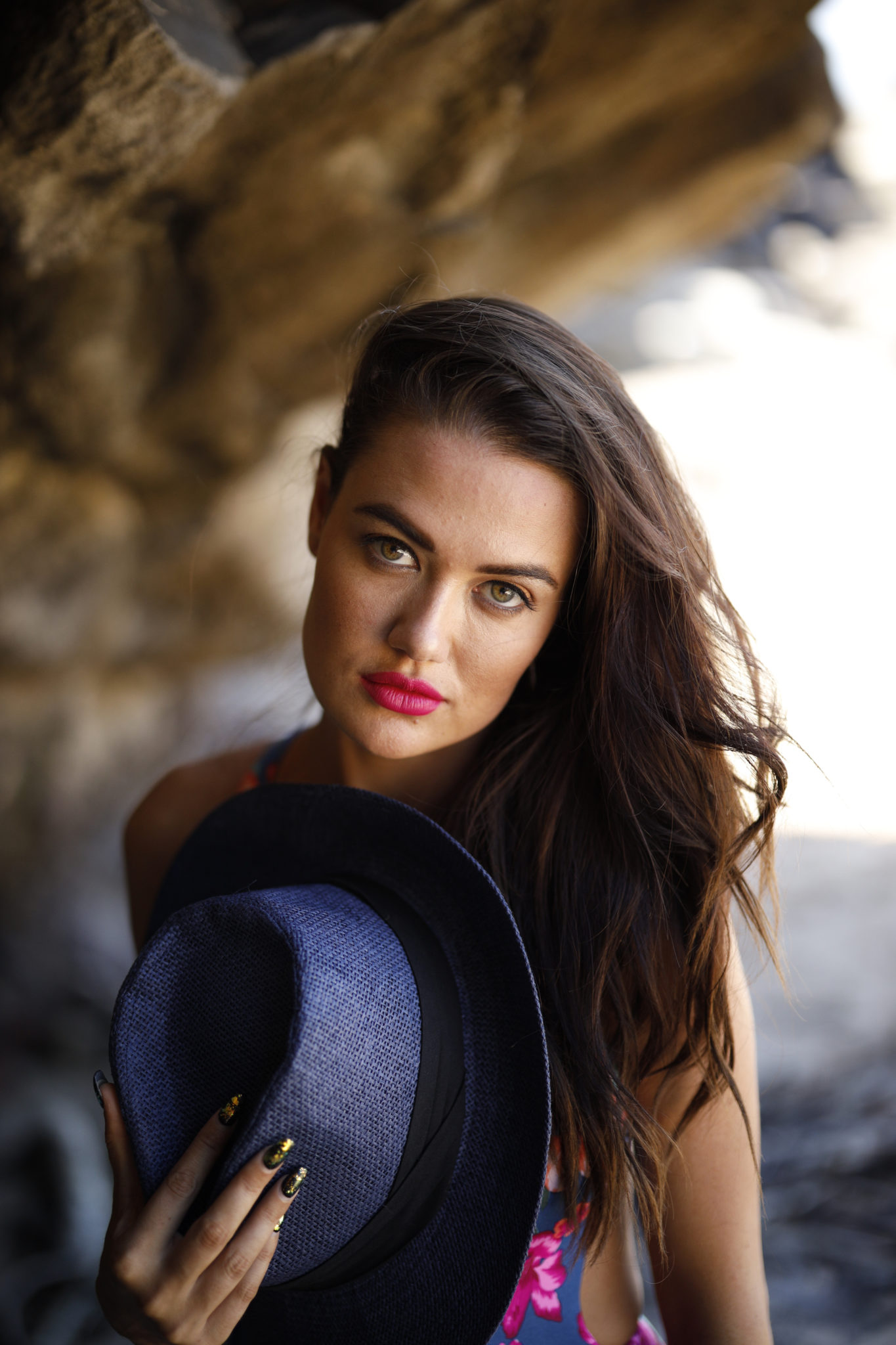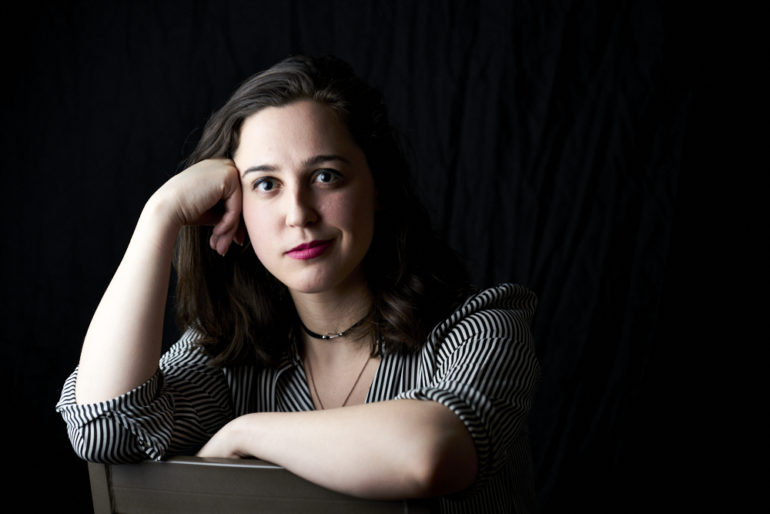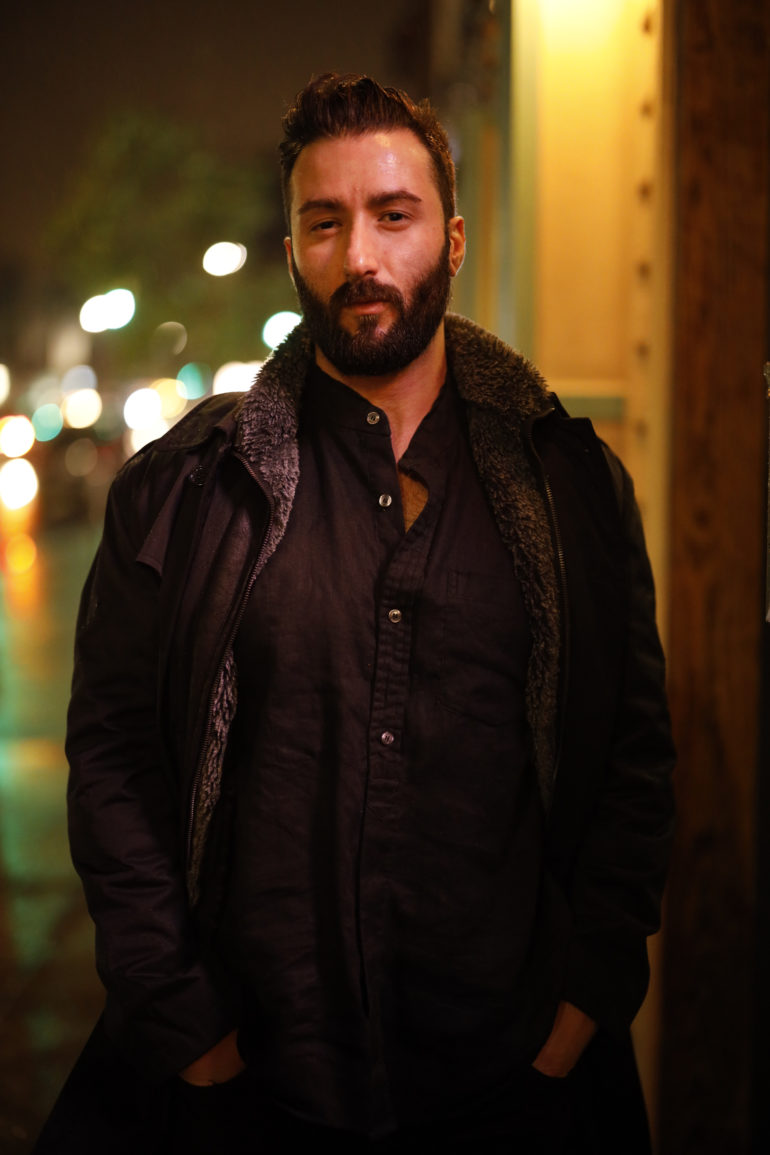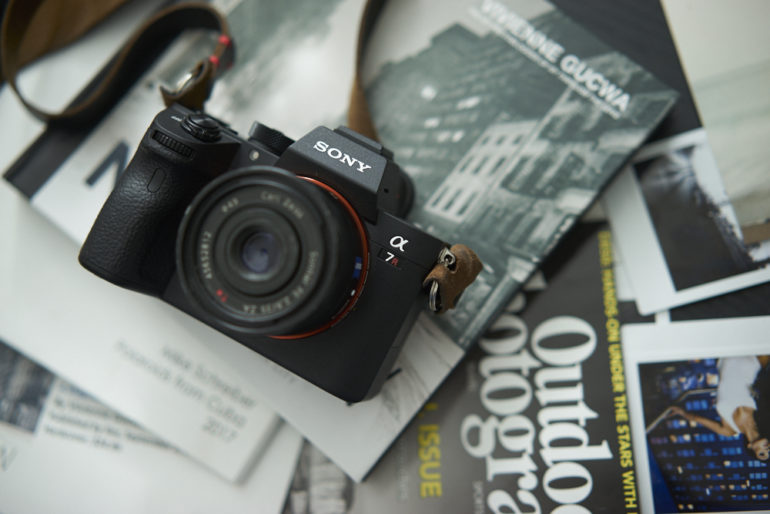Last Updated on 10/31/2018 by Mark Beckenbach
The face detection and eye detection system in the Canon EOS R is very different from Sony’s.
While companies like Sony, Fujifilm, Olympus, and Panasonic all have eye detection autofocus, lots of portrait photographers are eager to know how face detection and eye detection work in the Canon EOS R. We’ve completed our Canon EOS R review and, in practice, it’s well known that Sony is the one to beat in this. For years, photographers used one autofocus point, focused, and recomposed their scenes very carefully to get what they wanted. That’s obviously changed over the years, but the massive innovation came a few years ago when Sony implemented eye autofocus into their A7 series cameras. And soon, the entire industry followed in their footsteps.
The Way Sony Works
The Sony autofocus system is very good. Equally good arguments can be made that it’s the best out there. So when shooting portraits, the way the autofocus system works is pretty crucial to photographers. How it works is:
- Turn on face detection and preferably the ability to choose autofocus points.
- Sony’s algorithms read the scene and detect a face
- You focus on the face
- You press another button and tell it to focus on the eye on the face. Unlike Fujifilm and Olympus, you can’t tell it to prioritize one eye or another.
- Snap the photo
- The model changes the pose
- Focus again
- Press button again
- Snap photo
- Model changes post
- Focus again
- Snap photo again
- Repeat
In the flow of photographing models and portraiture, this sort of takes you out of the shoot at times because you need to pretty much double autofocus. It works but if you’re experienced your mind can be very wired into shooting over and over again. It’s up to you to slow down and give direction to the model, carefully look at the composition, the lighting, etc. While lots of folks say they do this, lots of folks also say one thing but actually do the other. They’ll come back with well over 1,000 images from a single portrait session and look–which is completely unnecessary.
The Sony system, while technically fantastic, isn’t fully perfect. If it automatically detected the eye after acquiring the face, it would be pretty flawless. Canon does that, but as we’ll see, Canon has its own share of problems.
The Way Canon Works
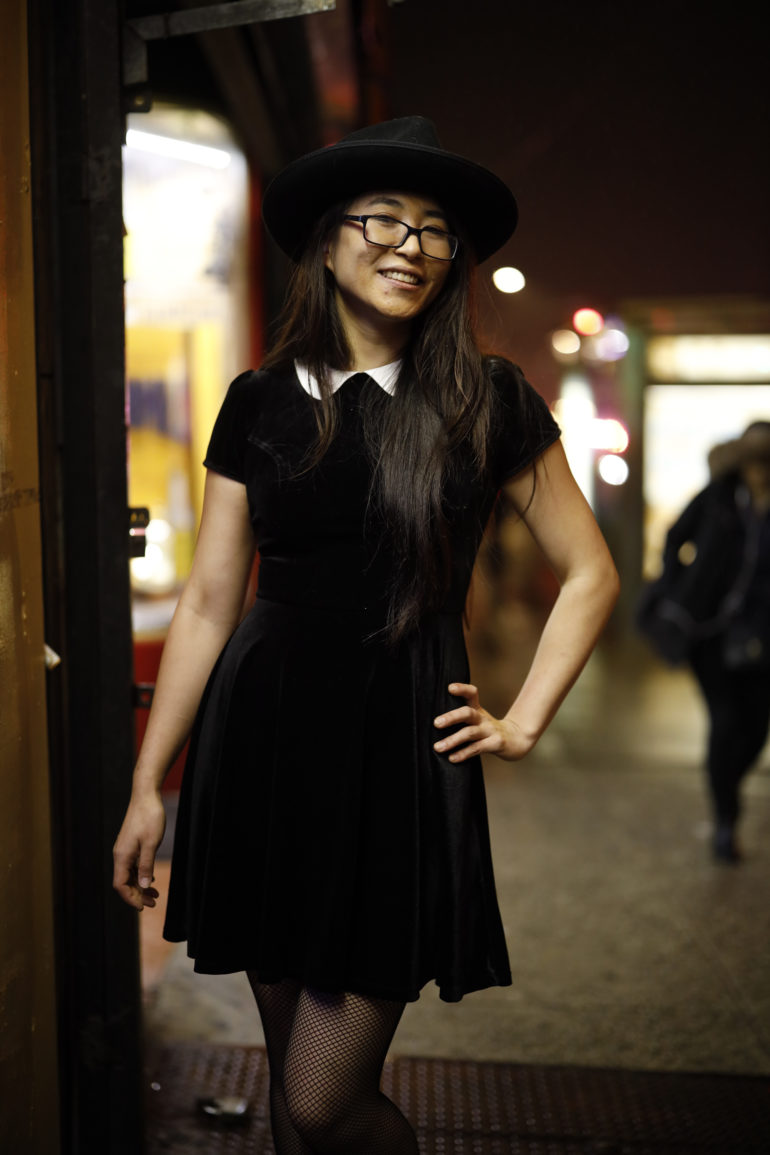
We’ve talked about how Sony works with eye detection and face detection, but with Canon things are different. With Canon you can tell the Canon EOS R to find a face, but if you do then you don’t have control over the autofocus points.
That’s immediately a huge problem.
So Canon will try to find a face within the scene but won’t always get it. Then if it does find a face, you need to pre-wire in the fact that you want it to also focus on the eyes. This seems ideal from a workflow standpoint. Unfortunately for Canon, it fails most of the time. So instead when you shoot, you need to do the following:
- Don’t use face detection
- Use the stupid D pad because Canon didn’t put in a joystick
- Move the focusing point to the eye
- Focus
- Shoot
- Model changes the pose
- Move the point again
- Focus on the eye
- Shoot
- Model changes the pose.
- Repeat.
The way that Canon seemingly intended the face detection and eye detection to work is the following:
- Turn on face detection
- Enable eye detection
- Canon finds the face and eye accurately
- Focus on face and eye
- Shoot
- Model changes pose
- Canon keeps face and eye in focus
- Shoot
- Model changes pose
- Canon keeps face and eye in focus
- Shoot
- Repeat
Logistically, this makes a million times more sense. Unfortunately, Canon’s autofocus implementation in face detection is incredibly unreliable. But for photographers who have been shooting for years, you probably don’t mind constantly selecting the autofocus point as long as you don’t mind slowing down and you’re not telling your model to hold a crazy pose. I couldn’t imagine realistically telling a portrait subject doing yoga “Okay, go ahead and hold upward dog for like 20 breaths while I autofocus.”
Which Is Better?
At the moment, Sony’s the best out there and I’d probably rate Fujifilm a bit behind them. Canon had wonderful intentions with their system but it ultimately falls flat as of the publication of this piece. It will probably be fixed with firmware updates; and if it improves it will turn the system, with its 50mm f1.2 L USM, into a portrait powerhouse.


